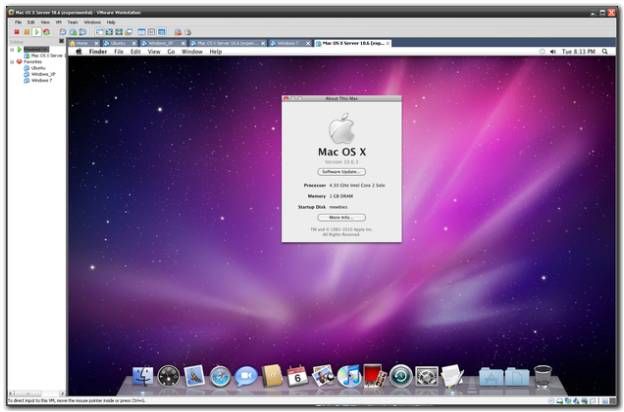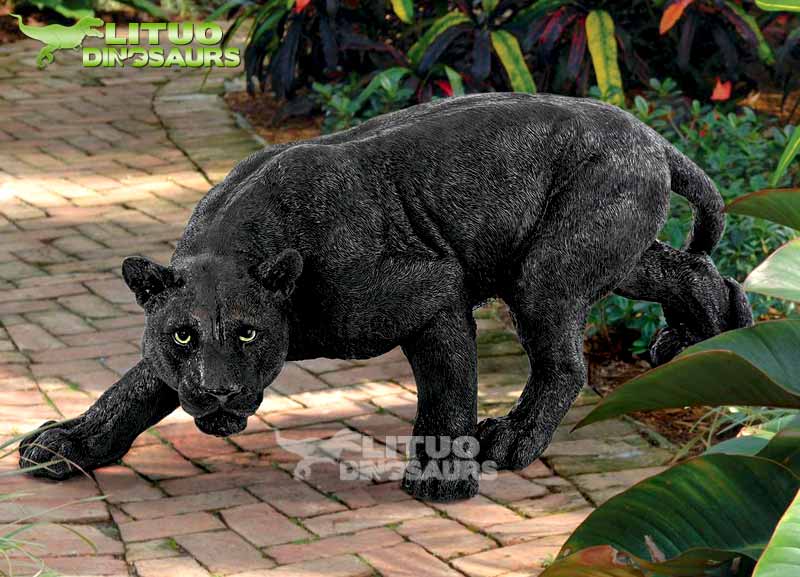

Install Mac OS X Snow Leopard on a PC using. Version of Snow Leopard.vmdk and darwin_snow. Fec Pos Drivers. iso files. To OS X Snow Leopard retail DVD instead of “darwin_snow. Jan 02, 2010 Step 2: Download pre-made modified version of Snow Leopard.vmdk and darwin_snow.iso files required to get this thing to work. Please don’t ask for the.
You know how things get easier with practice? Well, there wasn’t much required for this feat: Installing Mac OS X 10.6 (a.k.a. Snow Leopard) into a VMware Workstation 7 virtual machine.
Workstation 7 appears to have greatly improved support for the Mac operating systems to the point that installing Snow Leopard into a virtual machine is much easier than it was with. In fact, in this version (I’m using 7.0.0 build-203739), you can install VMware Tools yourself, and enable sound! Credit Where It’s Due I actually did very little experimentation/exploration this time. I did some cherry picking of steps from a number of places (most notably, the forums). I give particular credit to Talyn’s post in that forum for giving me the clue to use the ISO image instead of the DMG, and for the Ensoniq audio driver link. Part 1: Baking the Cake Here We Go Before you begin making any modifications, please read through these instructions at least once, just to make all the steps are clear and that you haven’t missed anything.
Let’s get started: • First, get yourself the retail version of Mac OS X 10.6 (Snow Leopard). This will only work with the retail version of the operating system DMG. Use your favorite search site to find the DMG. Since you’ll need to use the ISO version for this tutorial, you might want to find that instead, allowing you to skip the next step. • Next, convert the DMG file into an ISO. I used to convert my retail DMG to ISO. If you plan to use a converter other than the one I’m recommending, beware of converters that create ISOs that are considerably smaller than the original DMG.
Scum Manifesto Full Pdf Converter. They probably won’t work. • Download and extract its single file, “darwin.iso”. You’ll be using this in a couple of places, so remember where you saved it. • Grab, and extract its contents.
This will create a folder called “vmware-darwin-200/” that contains all the archive’s files. This distribution will need to be installed into your VMware Workstation 7 directory. Although instructions for installing this are included with the archive, it simply takes a “ setup.cmd install” from within the extracted folder to complete.
However, before you actually perform the install, you need to copy the “darwin.iso” file you extracted from darwin-wks7.zip into the “vmware-darwin-200/” folder, replacing the file with the same name that is already there. Once the new “darwin.iso” is in place, you may proceed with the install. • In VMware Workstation 7, create a new virtual machine. You should use the same settings as those documented in. The interface has changed a bit in VMware Workstation 7, so some screen shots will not be exact. However, it doesn’t have to be an exact match, since in this tutorial, instead of altering one or two lines of the resulting VMX file as we did in the Leopard tutorial, we’ll be replacing the contents of the entire file as well.
• At this point, close Workstation 7. Locate the VMX file that was newly created for your VM; for example, if you named your VM “Mac OS X 10.6”, then the file you’ll want to locate is called “Mac OS X 10.6.vmx”. Thank you so MUCH! Really as u said “Now, instead of focusing on the process, you are free to focus on using the product!!!!” there were some error, but was easy 🙂 to fix!
I tweak’d up settings in vmware, stil worked (processor automatic & 2 cores) after installation done & restart, boot up cudn find OS “Operating System not found” then had to boot up wid darwin & it automatically booted up the drive 😛 but then “keyboard not found” (then had to diable serial ports and other ports in vmware bios) after that went so fine. Internet working, VMware tools installed, Currently updating Mac OS X, hope sound works, and i dont know whether or not to install vga driver (nvidia) In the end, its done! The hardware specs for your laptop appear to be sufficient (I’m using an ASUS laptop with similar specs that can run this just fine). I can’t offer any advice specific to this VM, though. As you can see from the other comments here, it does work as flawlessly for some as it did for me. The only hardware-related advice I could give you is that you might check your machine’s BIOS to be sure that virtualization support is enabled.
On most new machines, it is by default. However, I’ve run into some myself that needed it to be turned on explicitly. I’ve seen comments from other people who also needed to enable it before they could move forward. Good luck, John. Hi all, I have a few of problems: (I use VMWare WorkStation 7, and I have a DMG of 6GB of Mac OS X Snow Leopard).